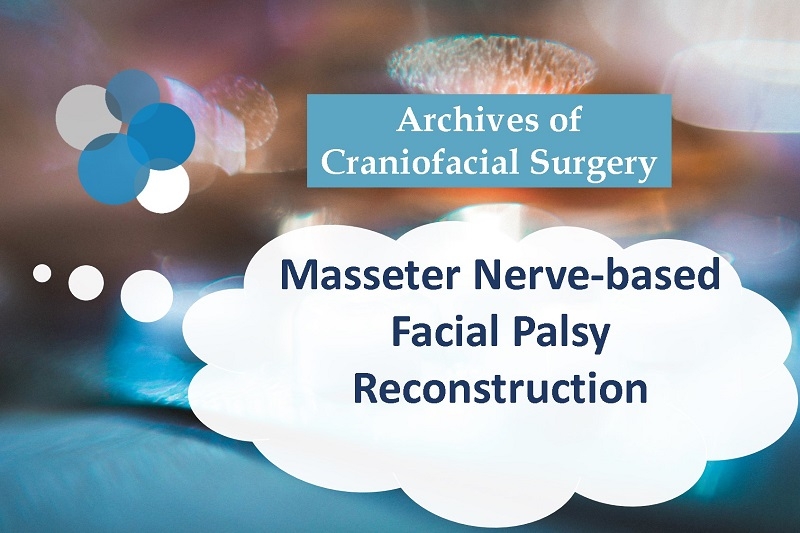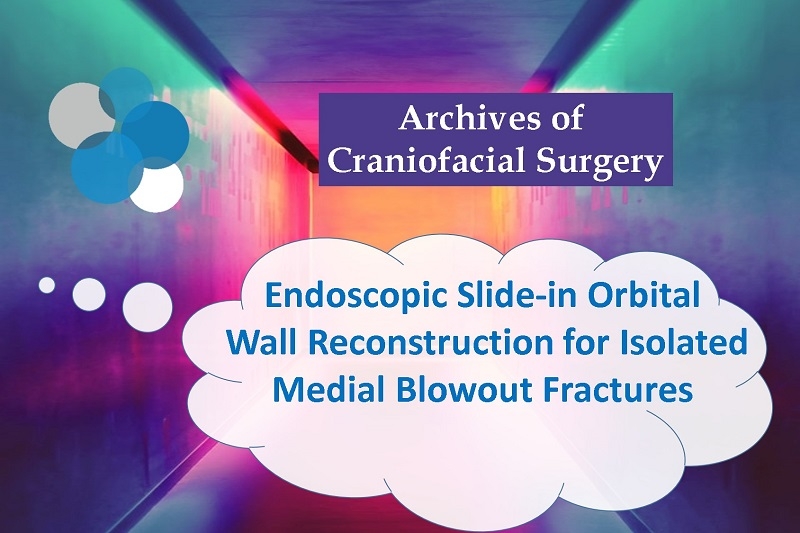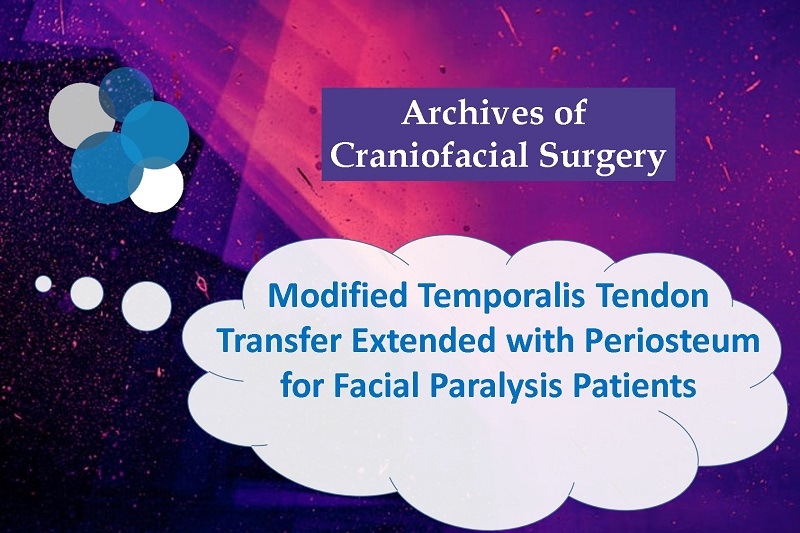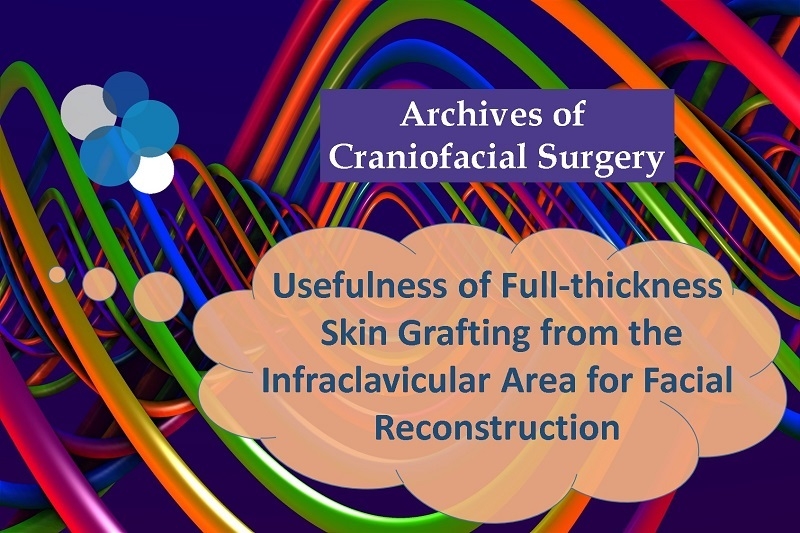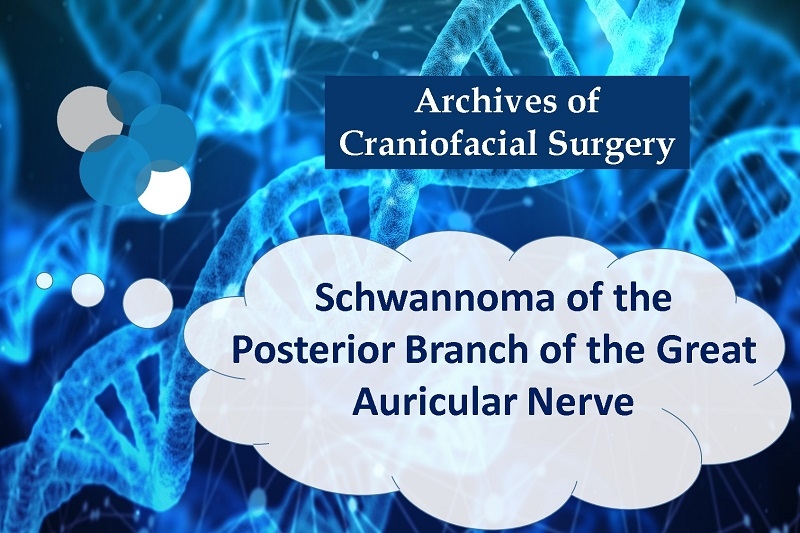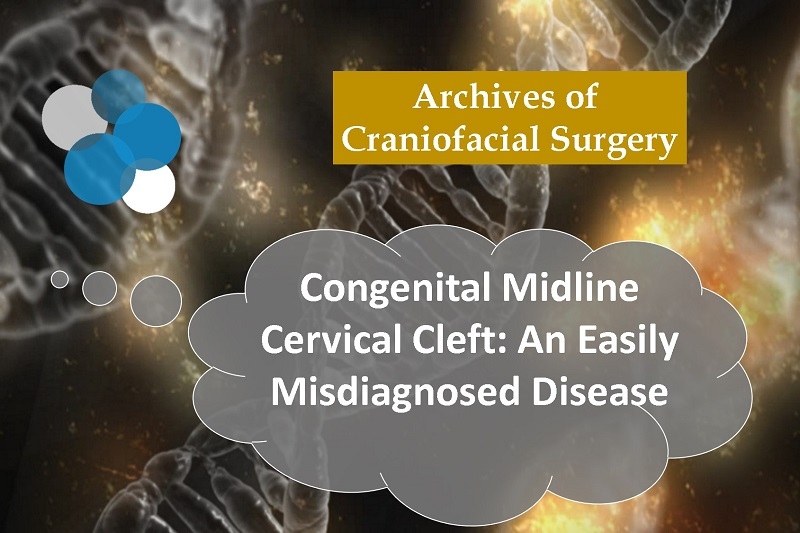Cheol-Heum Park, Manki Choi, Tae-Hyun Kong, Jun-Ho Lee, Il-Kug Kim
Background
Subdermal shaving is a surgical procedure for the treatment of axillary osmidrosis. In this procedure, a direct axillary incision is made, and the apocrine glands are removed. Insufficient subcutaneous tissue removal during subdermal shaving can lead to recurrence due to the presence of remaining apocrine glands, while excessive removal can injure the subdermal plexus and cause skin necrosis. We measured the depth of the apocrine glands from the basement membrane of the epidermis to develop a quantitative method of determining the thickness of the skin flap to be removed.
Methods
A chart review of patients who underwent subcutaneous shaving to treat osmidrosis between 2012 and 2019 was performed. Axillary subcutaneous tissues were harvested from five randomly chosen patients with osmidrosis before and after surgery. The apocrine gland depth was then measured via immunofluorescence (IF) staining of the collected tissues. A questionnaire was administered to 10 of the patients to investigate postoperative outcomes.
Results
Of the 47 total patients, six (12.8%) experienced recurrence, seven (14.9%) had complications, four (8.5%) had skin necrosis, two (4.3%) had hematomas, and one (2.1%) had an infection. One patient underwent reoperation due to hematoma. IF staining revealed the mean distance from the basal layer of the epidermis to the apocrine glands to be 1.4312±0.8064 mm. On the questionnaire, the mean patient rating of axillary odor was 8.6 pre-surgery and 4.4 post-surgery.
Conclusions
During subdermal shaving, the subcutaneous tissue must be preserved up to 14.312±8.064 mm from the epidermal basement membrane to remove the apocrine glands while preserving the subdermal plexus.
To read the full article:bit.ly/3toO4L9
doi.org/10.14730/aaps.2020.02229




